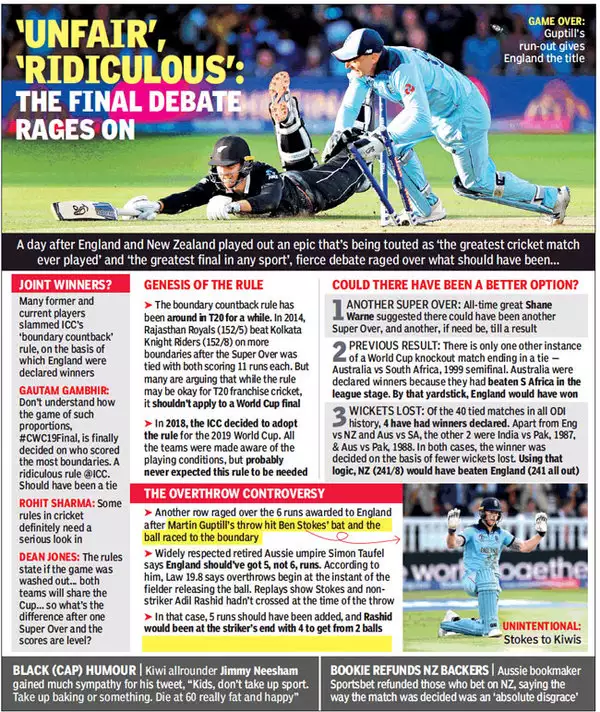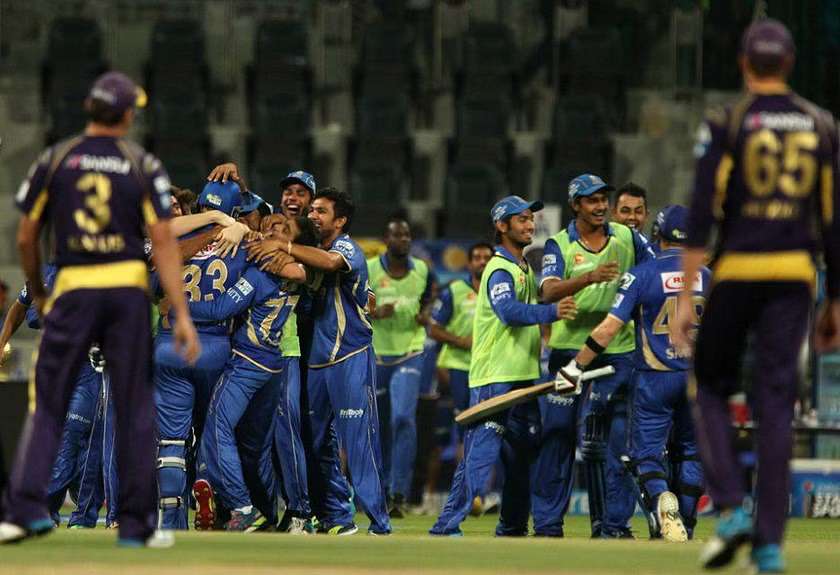
Unraveling the Drama of the Super Over
In international cricket, the Super Over means trills and nail biting finishes. It servers as the ultimate tie-breaker, this one-over eliminator has made its place in cricket history by delivering moments of skill, nerve-wracking excitement, and strategic brilliance. Here we will go through the of the evolution of the Super Over rule, exploring its nuances across different formats and revisiting some of the most iconic moments that have left an indelible mark on cricket fans worldwide.
Demystifying the Super Over
What is a Super Over?
A Super Over, also known as a one-over eliminator, is a tie-breaking method employed in limited-overs cricket, including Twenty20 (T20) and One Day Internationals (ODI). When a match concludes with a tie, each team gets a chance to bat for one additional over. The team scoring the most runs in this over is declared the winner. Over time, the International Cricket Council (ICC) has refined the rule to enhance fairness and excitement.
Rules of Super Over
- Each team selects three batsmen and one bowler for their Super Over.
- The team batting second in the match bats first in the Super Over.
- Super over ends if 2 batsman get out.
- If tied, subsequent Super Overs are played until a winner emerges.
- In the subsequent Super Over, the team batting second in the previous Super Over gets the first batting opportunity.
- Bowlers are not allowed to bowl two consecutive overs for their team.
- A batsman who got dismissed in the initial Super Over is not eligible to bat again.
- If a batter gets out or retires in the first Super Over, they cannot participate in the next one.
- Exception: A batter who retires hurt in the first Super Over can bat again in the subsequent Super Over.
Earlier in case of a tied Super Over, depending on the format and tournament regulations, the winner was decided based on the team with more boundaries hit in both Match and Super overs Or The team with more boundaries hit in the main match.
The England-New Zealand tie in the 2019 World Cup final brought the boundary count rule under fire. Critics argued that it wasn’t a perfect solution and favoured teams that hit more boundaries throughout the match. In 2020, the ICC abolished the boundary count rule, opting for repeated Super Overs in knockout matches in most tournaments.
The performance from a Super Over are not added into the individual players’ overall career statistics. Additionally, the fielding team has the right to choose the end from which it will deliver its one-over quota.
Key Moments in Super Over History
The 2019 ICC Cricket World Cup Final:
The iconic final between England and New Zealand saw both the regular match and the Super Over ending in ties. England claimed victory based on a higher number of boundaries scored, sparking discussions about the rules governing Super Overs and tiebreakers.

IPL Thrillers:
The Indian Premier League (IPL) has witnessed several nail-biting Super Overs, with strategic nuances and intense moments. One memorable instance was the clash between the Kolkata Knight Riders and the Rajasthan Royals in 2014.

First-Ever Super Over:
The inaugural Super Over took place in 2008 during a T20 match between the West Indies and New Zealand, setting the stage for many unforgettable moments in cricket history.

Impact and Controversy
While the Super Over injects unparalleled excitement, it has sparked debates. Critics argue about the immense pressure on a small number of players, questioning its fairness. The 2019 World Cup final prompted rule changes in ODIs, addressing these concerns.
The Super Over’s Undeniable Thrill
The Super Over has undeniably added a thrilling dimension to cricket, offering moments of unparalleled excitement and tension. As cricket continues to evolve, the Super Over remains a testament to the sport’s adaptability and innovation, captivating audiences worldwide.
Here are some FAQs related to Super Over
Can there be a third ‘Super Over’ after the second also ends in a tie?
Yes, Super Overs can continue until a winner is decided.
Is a team allowed to use the same bowler to bowl the second Super Over?
No, the same bowler cannot bowl in the second Super Over.
Who will bat first in the second Super Over?
According to the rules, the team that batted second in the first Super Over will bat first in the second Super Over, meaning the batting order will be switched.
Can the same batsman bat in the second Super Over?
If a batsman didn’t bat, didn’t get out, or retired hurt in the first Super Over, then they are allowed to bat again in the second Super Over.
Is Super Over allowed in ODI?
Yes super over is allowed in both limited over formats T20 and ODI.
Why was bowl out removed?
The bowl-out method is no longer used as a tiebreaker in ICC matches or domestic professional leagues. This is because batting has no impact on the outcome of a game that is tied. Instead, it has been replaced with the Super Over.
What is super over highest score?
Logan van Beek scored an impressive 30 runs in the Super Over during the match between the Netherlands and West Indies. This remarkable achievement stands as the highest team score in a Super Over in international cricket by a significant margin. The previous highest was 25 runs by West Indies against New Zealand in a men’s T20I in 2008, while West Indies women also scored 25 runs in the Super Over in an ODI against South Africa in 2022.